Premium Only Content
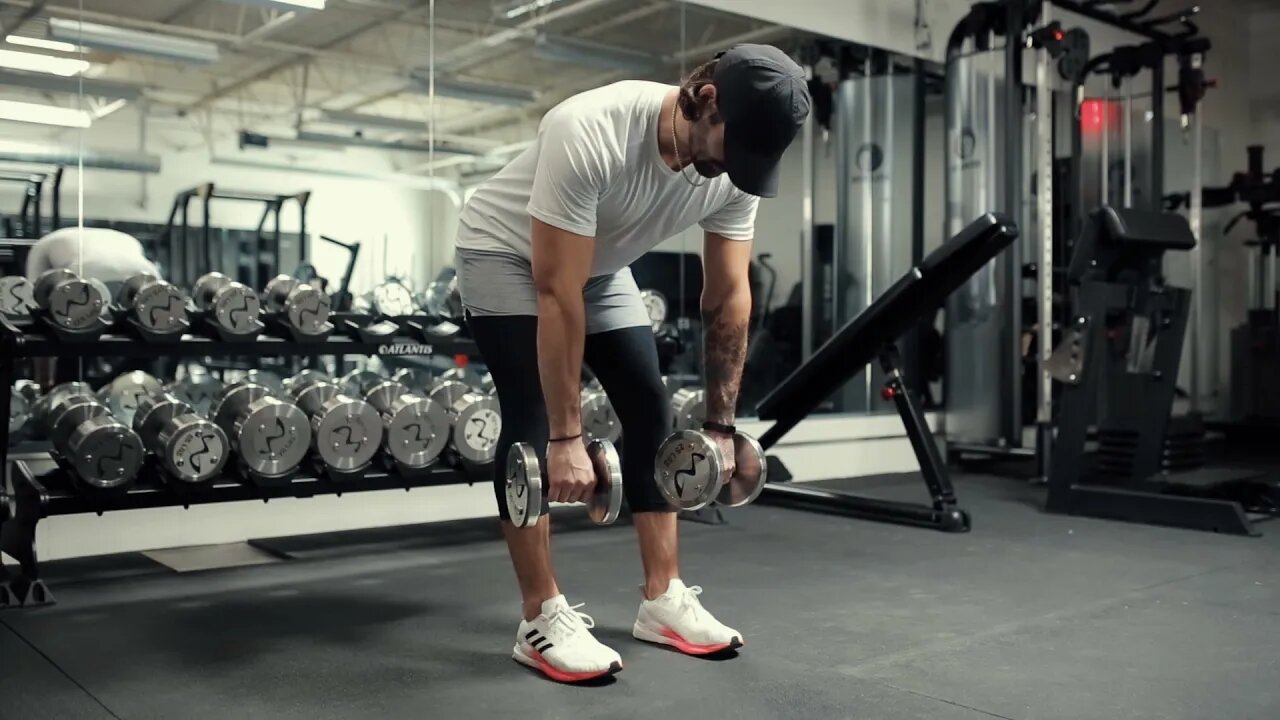
EXERCISE DEMO | Stiff Leg Dumbbell RDL | Coach Zach Mckenna
Who should and should not be doing Stiff Leg RDLs?
First off, you should only attempt a stiff leg RDL AFTER you have mastered the bent knee version. Each version, the stiff leg vs bent knee, creates a different mechanical advantage for us to target either the glute or hamstring musculature.
We use the bent knee version as an assessment tool to evaluate someones ability to enter a hinge position WITHOUT showing compensations throughout the spine or irregular leg movement. These compensation patters can create complications (delays/injury) in strength development and/or hypertrophy.
By allowing for a small bend in the knee we are providing the body a ‘Longer leash’ sort of speak. The bend in the knee creates a ‘shorter’ hamstring muscle relative to a straight knee position, specifically at that knee location, which gives us the extra leash to release during movement.
AKA more hip flexion and glute lengthening!
What happens, is that the extra room at the knee allows the tilting function (hinge) of the hip to be STABILIZED by the hamstring and MOVED by the glutes and hip flexors.
This extra leash at the knee allows us to use this long strong muscle (the hamstring) to stabilize the pelvis as it tilts forward and backwards throughout the RDL movement simply because its available to do that job!
When we take away the bent knee position, we shorten the leash, reducing how far we can HINGE, without running out of that hamstring due to a LONGER amount of the hamstring being used at the knee!
We like to think of the knee in this setting as a the gatekeeper to which muscle tissue we will be focusing on (assuming you know what you need/want to focus on) during the set.
This preservers movement integrity, safety and exercise effectiveness. Anyone who fails the bent knee version is certain to be be ineffective at the straight leg version and will be putting themselves at unnecessary risk to a posterior chain injury.
Are you Capable of touching your toes while standing? Send us a DM on Instagram with a video of attempting to touch your toes while standing and you may be 1 of 10 that win a free season pass!
If you want to start taking FULL advantage of the your time spent training, to help with your performance goals and training effectiveness fill out a discovery call application at
-
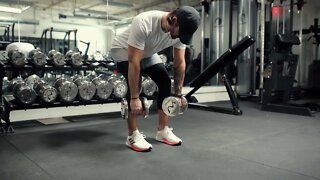 0:17
0:17
RecreationalLifters
3 years agoEXERCISE DEMO | Dumbbell RDL | Coach Zach Mckenna
10 -
 0:16
0:16
RecreationalLifters
3 years agoEXERCISE DEMO | Supinating Dumbbell Curl | Coach Zach Mckenna
14 -
 0:23
0:23
RecreationalLifters
3 years agoEXERCISE DEMO | Supinated Dumbbell Curl 1:4 | Coach Zach Mckenna
1 -
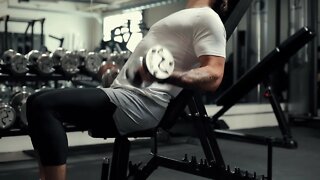 0:18
0:18
RecreationalLifters
3 years agoEXERCISE DEMO | Recline Supinated Dumbbell Curl | Coach Zach Mckenna
10 -
 0:25
0:25
RecreationalLifters
3 years agoEXERCISE DEMO | Incline Dumbbell Chest Press | Coach Zach Mckenna
18 -
 0:16
0:16
RecreationalLifters
3 years agoEXERCISE DEMO | Incline Dumbbell Chest Press 1 & 1/4 | Coach Zach Mckenna
6 -
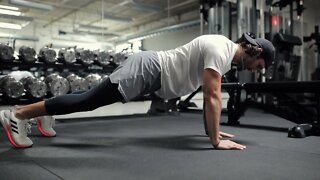 0:13
0:13
RecreationalLifters
3 years agoEXERCISE DEMO | Push up | Coach Zach Mckenna
1 -
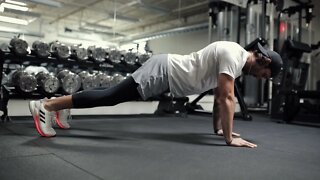 0:15
0:15
RecreationalLifters
3 years agoEXERCISE DEMO | Push Up 1 & 1/4 | Coach Zach Mckenna
7 -
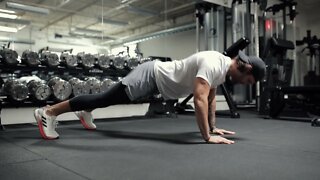 0:18
0:18
RecreationalLifters
3 years agoEXERCISE DEMO | Push up Shoulder Tap | Coach Zach Mckenna
1 -
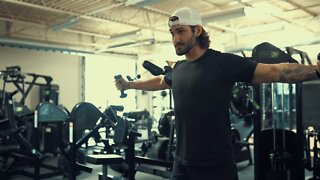 0:14
0:14
RecreationalLifters
3 years agoEXERCISE DEMO | Standing Sternal Cable Fly | Coach Zach Mckenna
24